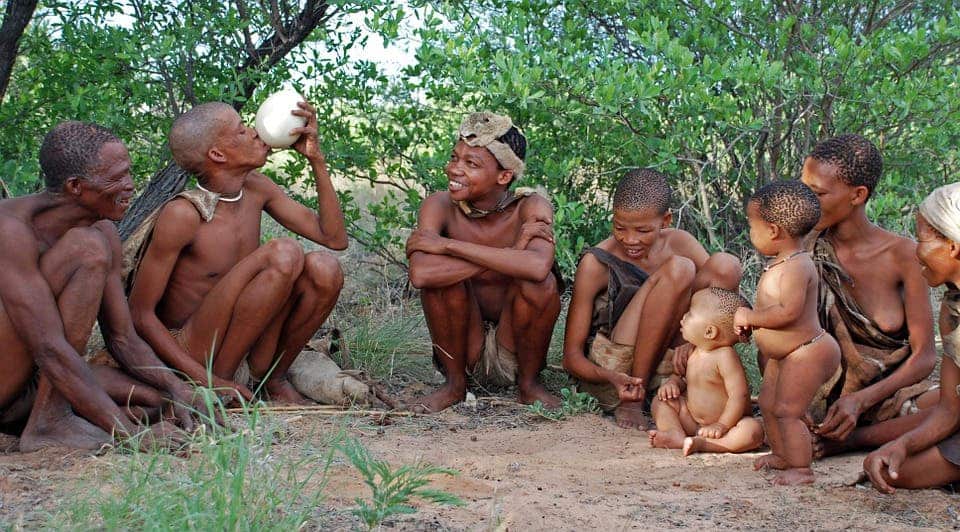The West is no longer wild — nor all other cardinal directions, a new paper reports.

The first comprehensive fine-scale map of the world’s remaining wild areas reveals that only 23% of the world can now be considered wilderness. The analysis included all terrestrial and marine environments, excluding Antarctica. Every other place on Earth has been directly affected by human activities.
Tamed with the stick
“These results are nothing short of a horror story for the planet’s last wild places,” says lead author James Watson of the Wildlife Conservation Society (WCS) and the University of Queensland. “The loss of wilderness must be treated in the same way we treat extinction.”
“There is no reversing once the first cut enters. The decision is forever.”
The findings raise particular concerns as wilderness areas play an increasingly important role in mitigating a host of human impacts on the planet, including species extinction and climate change.
The team defined wilderness areas as those that have escaped industrial-level activity. Local communities can live, hunt, fish, forage, or whatever else they like to do within these areas — as long as the community’s footprint is under that of an industrialized society. They’re the last untouched ecosystems around and are much more robust than their counterparts as a result. Several previous papers (here’s an example) have shown that intact ecosystems are much more effective in sequestering carbon than degraded ones — overall, they capture over two times as much of the element as degraded ones. In the oceans, intact habitats are the last regions that can still support viable populations of top predators such as tuna, marlins, or sharks.
If those two points aren’t enough to sway you, first of all, shame on you. Secondly, it’s not only an environmental issue. Wild areas are home to millions of indigenous people who have forged a very deep bond with their environments. Their culture, as well as their livelihoods, are deeply intertwined with the wilderness — losing it would effectively render many of the world’s most unique cultures extinct.

Image credits Aino Tuominen.
Not all is lost, however. The authors note that two upcoming gatherings of key decision makers will be crucial to preserving Earth’s wild areas. These are the 14th meeting of the Conference of the Parties to the Convention on Biological Diversity (CBD), held from November 17-29, and the United Nations Framework Convention on Climate Change, held between December 2-14 in Katowice, Poland.
Just 20 nations hold 94% of the worlds marine and terrestrial wilderness areas (excluding Antarctica and the High Seas), the team writes. Five of them (Russia, Canada, Australia, United States, and Brazil) together hold 70%. The authors say that these countries can make or break our efforts of securing the last wild vestiges of Earth’s ecosystems.
“Wilderness will only be secured globally if these nations take a leadership role,” says John Robinson, Executive Vice President for Global Conservation at WCS and a co-author of the paper.
“Right now, across the board, this type of leadership is missing. Already we have lost so much. We must grasp these opportunities to secure the wilderness before it disappears forever.”
The authors and their organizations urge participants at the meetings to include a mandated target for wilderness conservation. They recommend setting 100% conservation of all intact wild ecosystems as a bold but achievable goal. Formally documenting the carbon sequestration and storage capacities of wilderness areas, and enshrining them into policy recommendations, would also help governments include such ecosystems in their emission-reduction strategies, they add.
The paper “Protect the last of the wild” has been published in the journal Nature.


